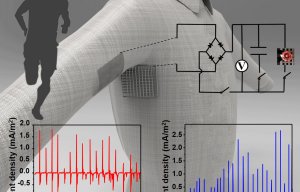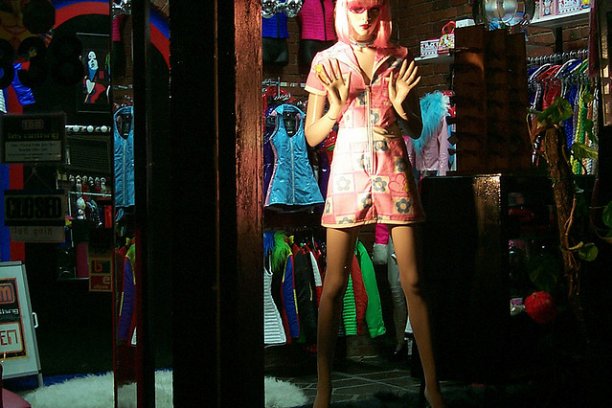
3D printer deposits electronic fibres onto fabrics
A fledgling company called Electroloom wants to enter the apparel market by 3-D printing basics, like T-shirts and sweaters. So far, Electroloom says, 3-D printed clothing has yet to produce truly wearable products - we've seen fashion-as-art, like Iris van Herpen’s creations, gimmicks, seen on the Victoria’s Secret runway, and plenty of jewellery and accessories.

28th January 2014
Innovation in Textiles
|
USA
A fledgling company called Electroloom wants to enter the apparel market by 3-D printing basics, like T-shirts and sweaters.
So far, Electroloom says, 3-D printed clothing has yet to produce truly wearable products - we've seen fashion-as-art, like Iris van Herpen’s creations, gimmicks, seen on the Victoria’s Secret runway, and plenty of jewellery and accessories.
Electroloom, founded by entrepreneur Aaron Rowley, is also the name of the company's sole product - an in-development 3-D printer for creating customised, on-demand apparel. Rowley recently won a grant from Alternative Apparel, the Atlanta-based company known for its comfortable and casual clothing made from organic cottons and recycled fibres.
This is the second year that Alternative Apparel has awarded an up-and-coming entrepreneur. The programme, in which Soma is a partner, is designed to give a leg up to entrepreneurs with do-gooder ideas. Electroloom won, in part, because of its focus on sustainable production.
“Something we are compelled by is embodied energy [which is] essentially the amount of energy that was used to take a raw material to a finished good,” Rowley said. “So a goal of this project is to reduce the amount of embodied energy in an article of clothing.”
Electroloom still has a way to go. So far Rowley and his team have managed to print sheets and tubes of polymer fabric with the machine. The Alternative Grant will allow them to pursue more complicated shapes, like T-shirts, as well as fibres that more closely resemble cotton.
Natural fibres like cottons and furs are more easily destroyed during the printing process, so while they prototype and search for a solution, Electroloom will use synthetic materials, or a mix of natural and synthetic.
Eventually, Rowley imagines an online database with crowdsourced designs, not unlike Shapeways’ online emporium of designs. “We think it may also be practical to provide basic templates, T-shirts, beanies, and the like, for users who may not be entirely design savvy,” he said.
The Alternative Grant gives Electroloom a one-year membership to San Francisco’s TechShop, and Alternative Apparel president Erik Joule says that mentorship from him and Soma founder Mike Del Ponte should help Electroloom be ready for an end-of-year launch.

Business intelligence for the fibre, textiles and apparel industries: technologies, innovations, markets, investments, trade policy, sourcing, strategy...
Find out more